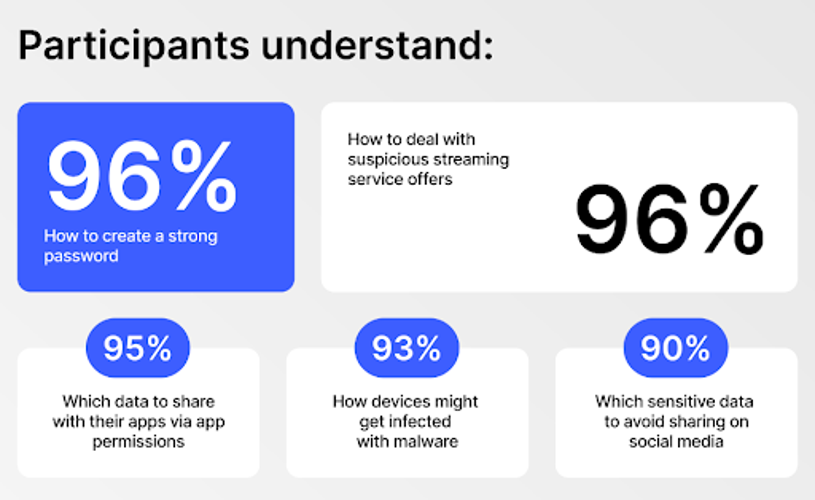Proactive Performance Assurance: The Core Principles of Synthetic Monitoring

In today's digital-first world, the performance of an application is not just a technical metric; it is a critical component of the customer experience and brand reputation. To ensure consistent reliability, organizations are moving beyond reactive problem-solving to proactive performance management. This is the realm of Synthetic Monitoring, a method of actively simulating user journeys and interactions with a web application or API to test for availability, functionality, and response times. By deploying automated scripts from a global network of checkpoints, businesses can continuously validate their services 24/7, even during periods of low traffic. This proactive approach allows teams to detect and resolve issues before they impact real users, providing a crucial early warning system that is essential for maintaining a high-quality digital experience in a complex online environment.
The power of synthetic monitoring lies in its ability to simulate a wide range of user interactions and system checks. The most basic form is the uptime or availability check, a simple ping that verifies if a website or server is online and responsive. More sophisticated are browser tests, which use real web browsers to load a webpage and measure its performance from an end-user perspective, including key metrics like page load time and Largest Contentful Paint. The most advanced form is the transaction test, which involves scripting multi-step user journeys, such as logging into an account, adding an item to a shopping cart, and proceeding to checkout. This type of test validates that critical business workflows are not just available but are functioning correctly and performing within acceptable thresholds, providing deep insight into the health of the entire application stack.
It is essential to understand the complementary relationship between synthetic monitoring and Real User Monitoring (RUM). While synthetic monitoring provides a proactive, controlled, and consistent baseline of performance by simulating predictable user paths, RUM captures the actual performance experiences of every real user interacting with the application. RUM provides invaluable data on how the application performs across a diverse range of devices, browsers, and geographic locations, revealing issues that synthetic tests might miss. The combination of both is powerful: synthetic monitoring acts as the consistent "canary in a coal mine," alerting teams to problems 24/7, while RUM provides the broad, real-world context needed to understand the full scope and impact of those problems on the actual user base.
The strategic benefits of implementing a robust synthetic monitoring strategy are clear and compelling. First and foremost, it enables the early detection of issues, allowing IT and DevOps teams to fix problems during off-peak hours before they escalate into major outages that affect revenue and customer trust. It is also an indispensable tool for establishing and validating Service Level Agreements (SLAs), providing objective, third-party data on uptime and performance. Furthermore, by running tests from different locations around the world, businesses can ensure a consistent and fast experience for their global user base. Ultimately, synthetic monitoring provides the baseline confidence and proactive assurance that a digital service is healthy, performant, and ready to serve its customers at all times.
Explore Our Latest Trending Reports:





